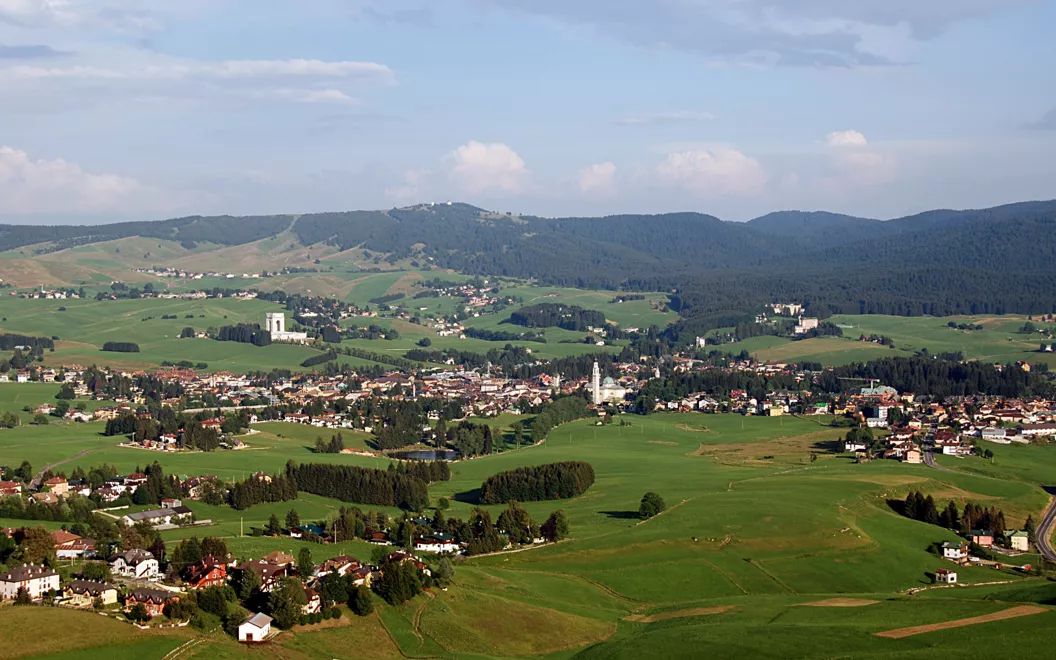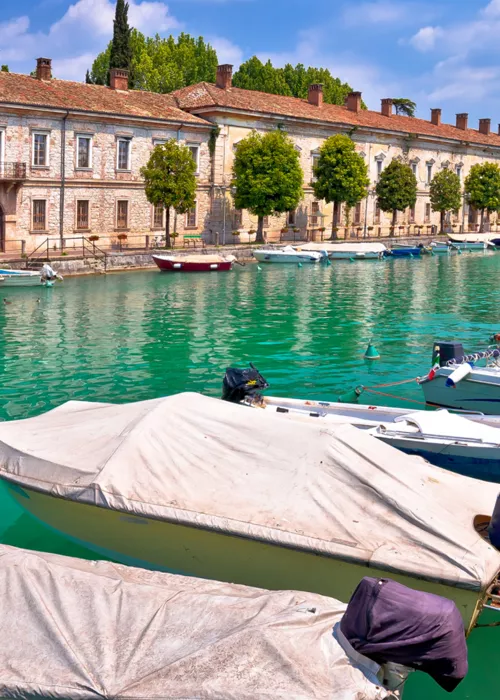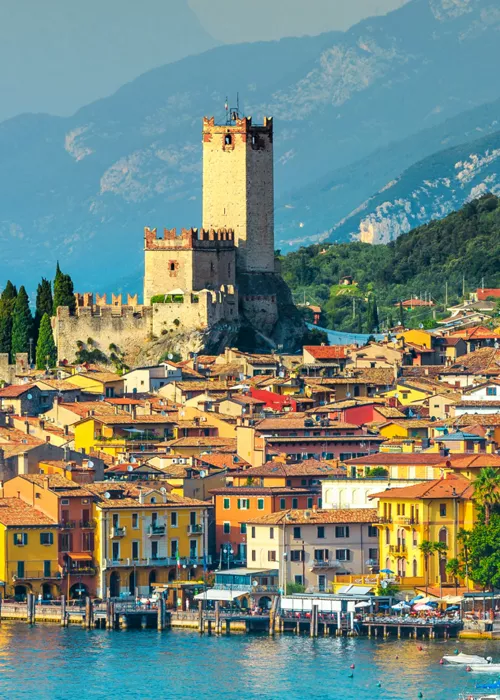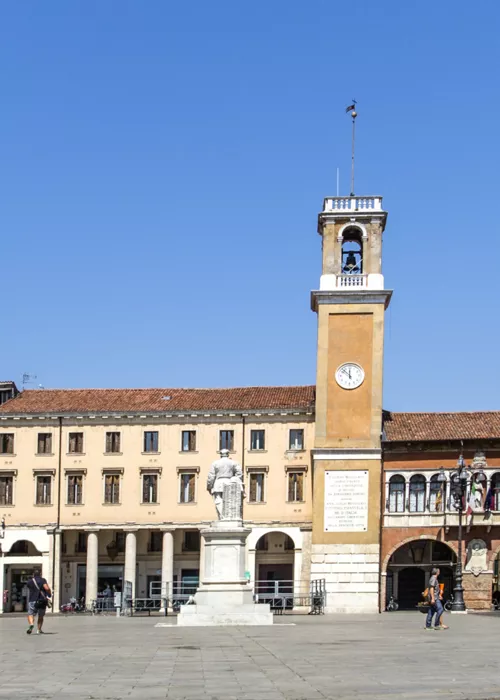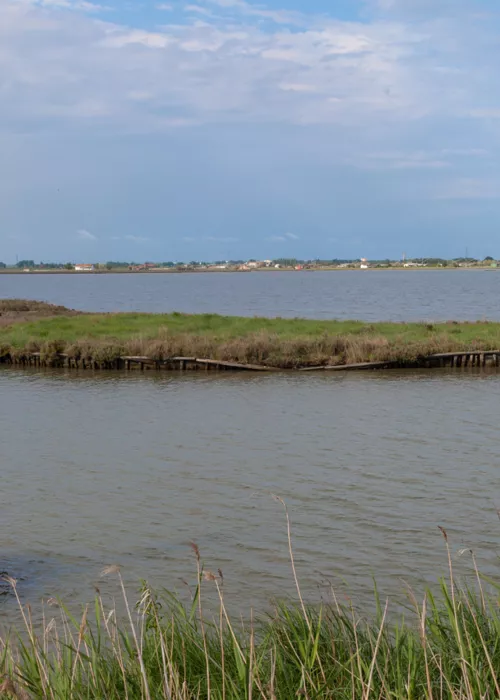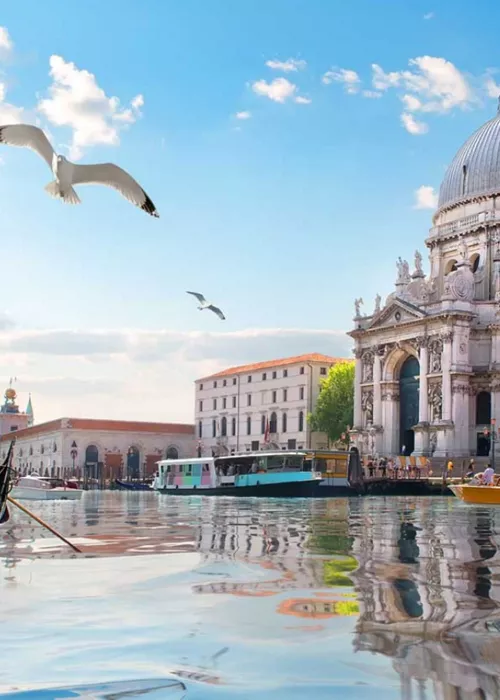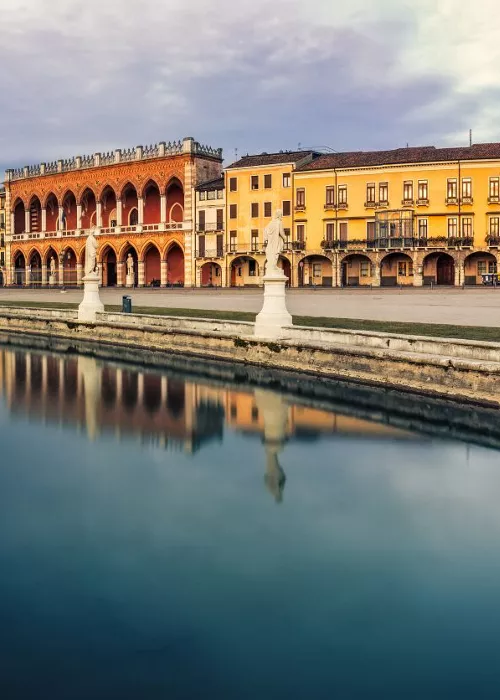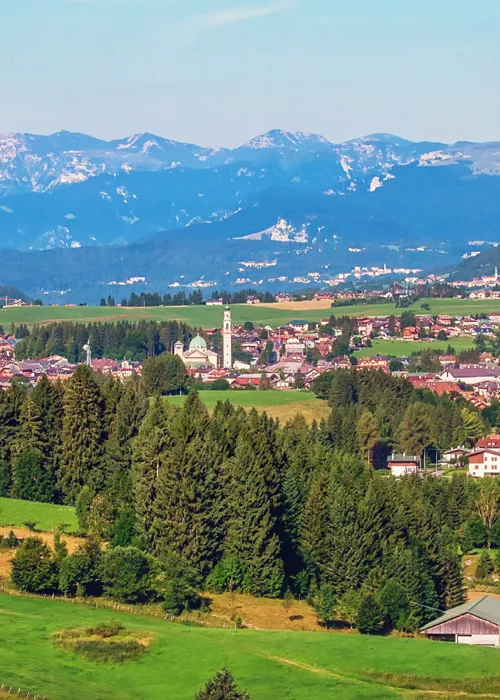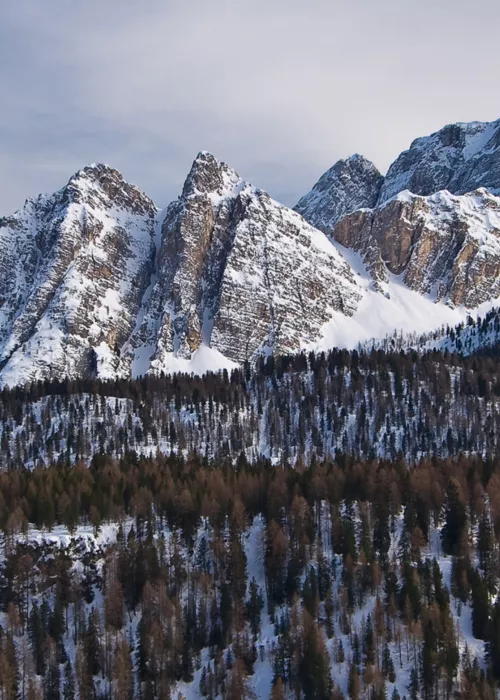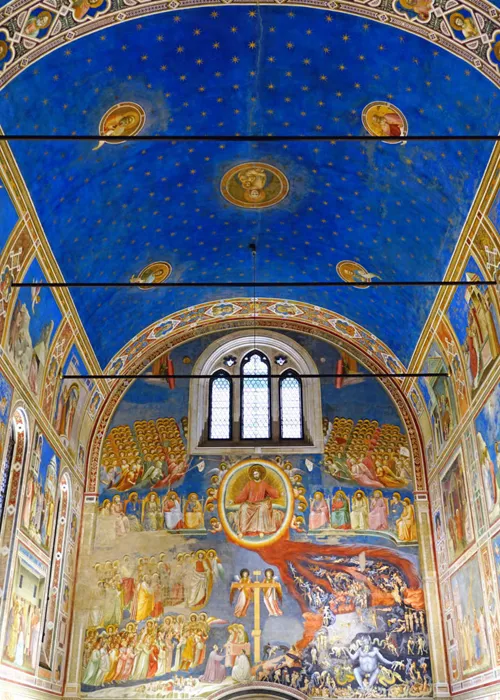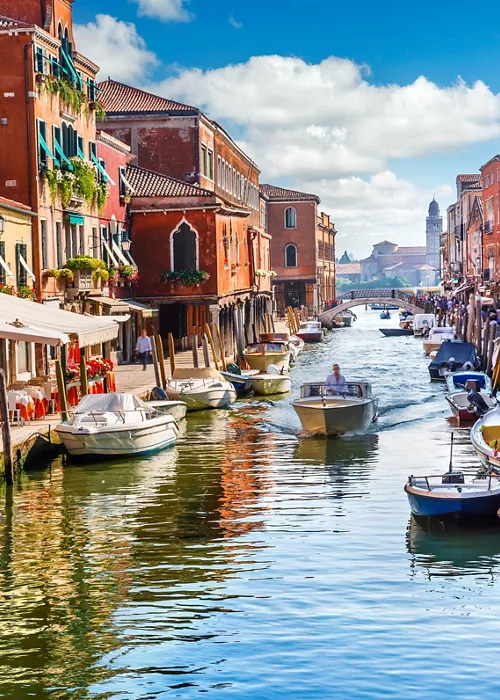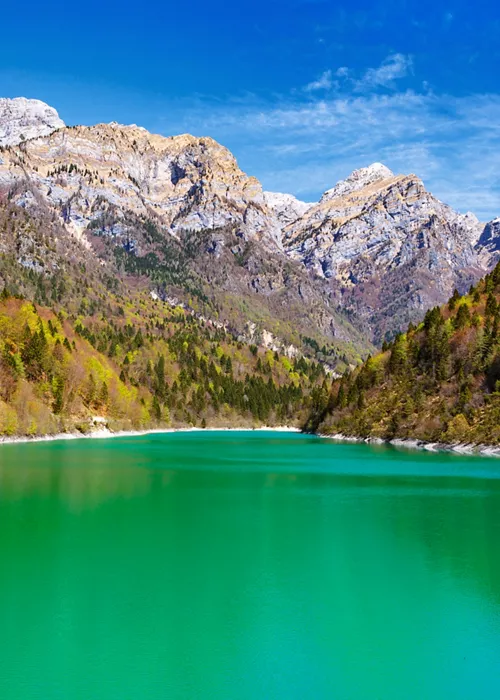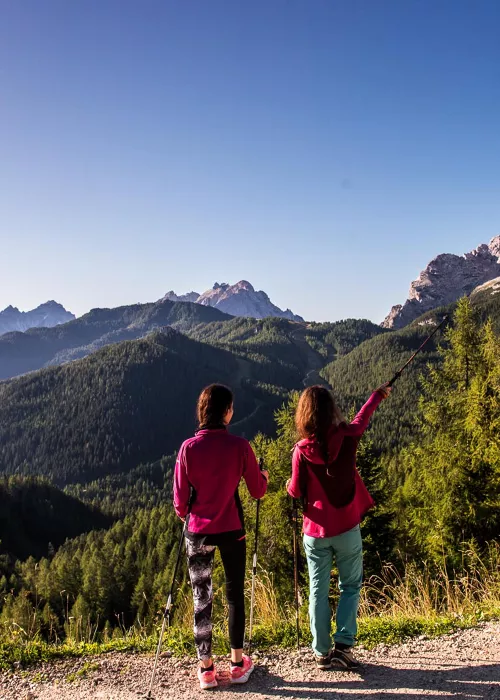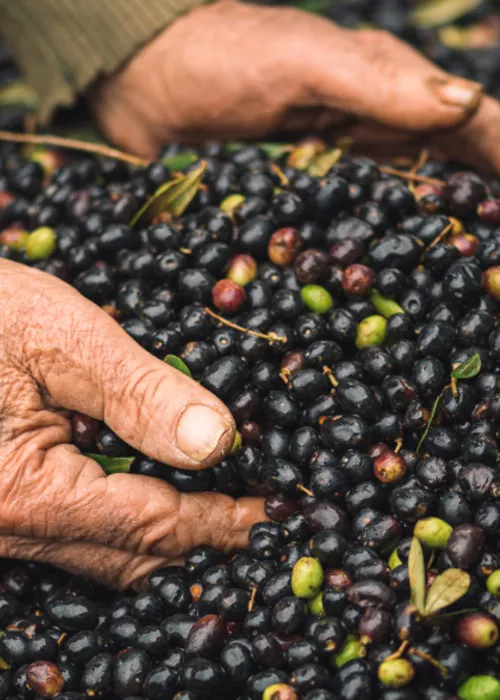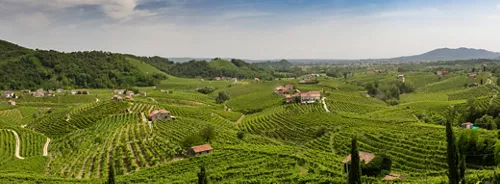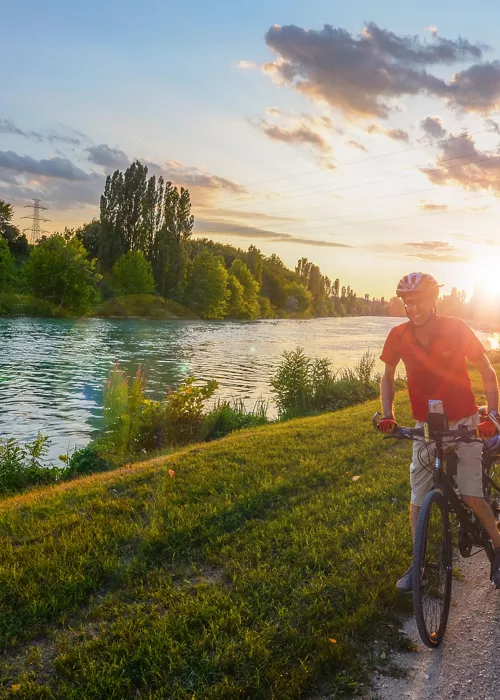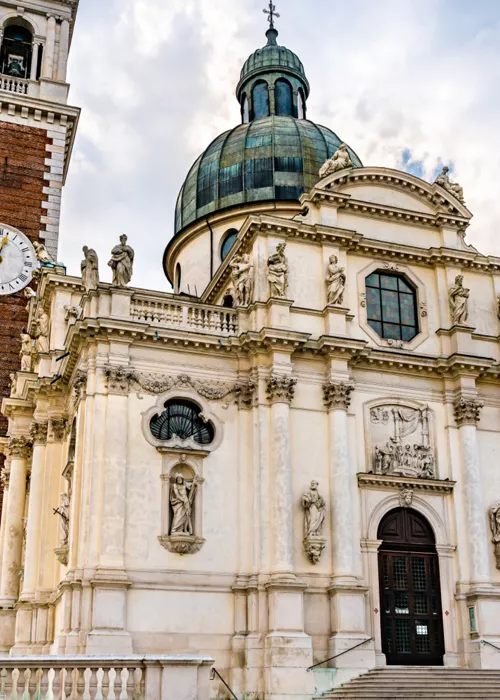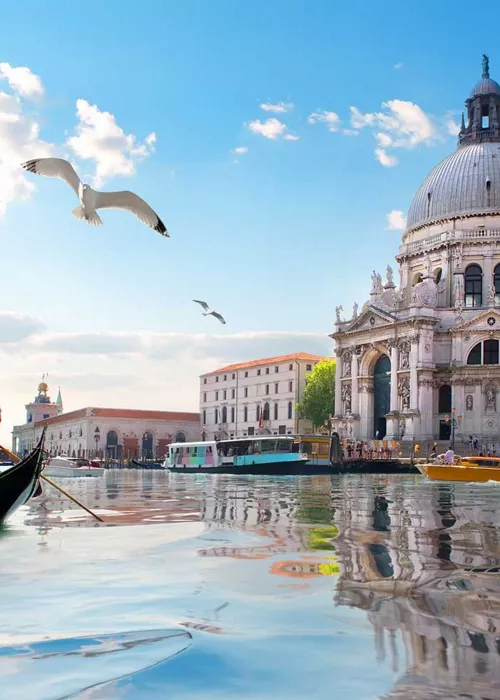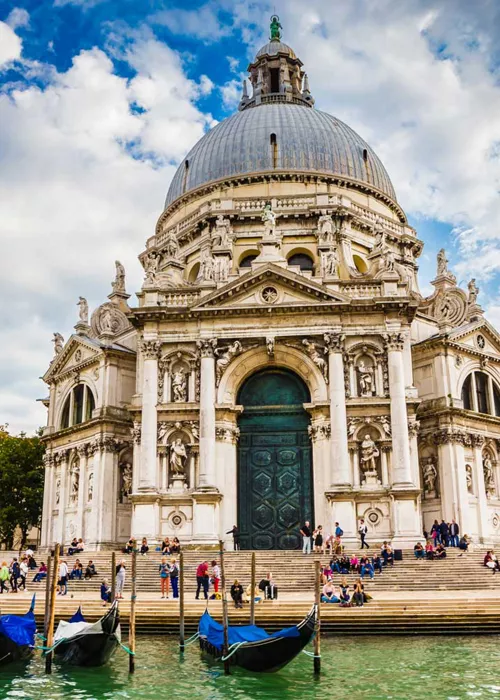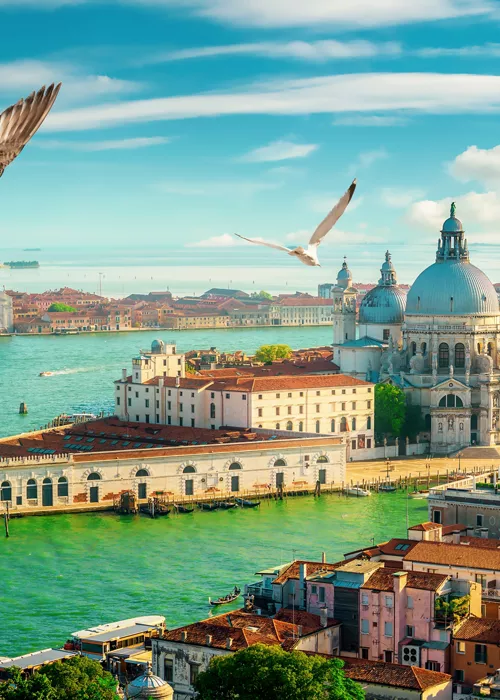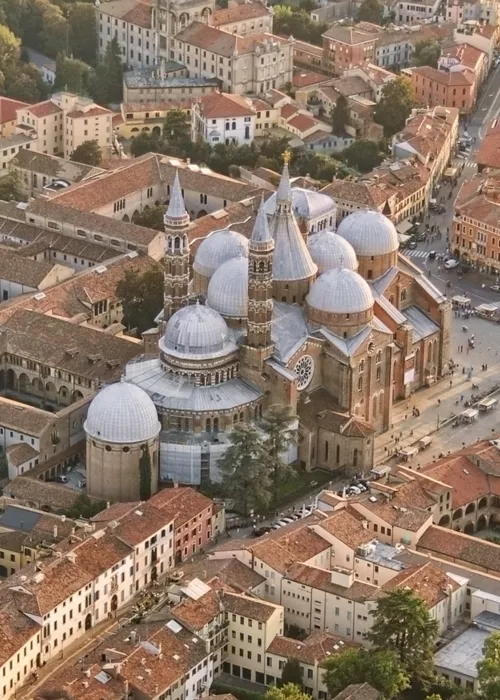Landscapes of Veneto
4 minutes

A chapter that speaks of beautiful villages and graceful towns, of heights that preserve precious environments, so much so that they are protected in nature parks, of pictorial landscapes, of historic villas designed as small royal palaces and, as if this were not enough, of wines that have won fame throughout the world. The Euganean Hills, of volcanic origin, rise behind the Abano Montegrotto spa and thermal baths. The Berici Hills, south of Vicenza, preserve traces of molluscs, sea urchins, corals and algae in a fossilised state that betray their marine origin. Landscape and wine have met here since ancient times and together tell stories of the quality of the land, of skilled and constant work, of a culture of good living and an art of drinking that has reached absolute heights.
From Lake Garda to Valpollicella
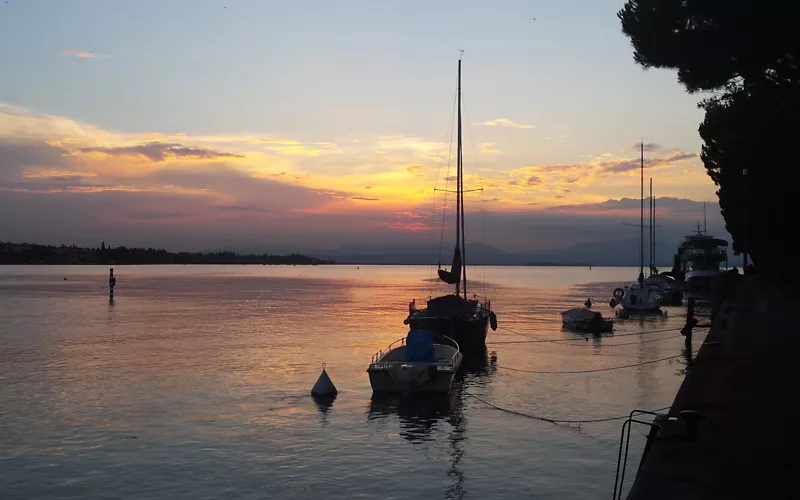
Italy's largest lake has always attracted artists and poets, as well as devoted guests, because it has in some way marked a national lake style, made up of romantic views, perfectly manicured spaces, the combination of mundanity with reflective idleness. The lake has acted as a catalyst for sensations, bringing together extraordinary natural panoramas and the historical, cultural and aesthetic influences coming from the three regions that touch it: Veneto, Lombardy and Trentino. The Veneto side includes the towns of Peschiera del Garda, Castelnuovo del Garda, Lazise, Bardolino, Garda, Torri del Benaco, Brenzone and Malcesine. For some, it is the Riviera degli Ulivi (Riviera of Olives), but here, in addition to olive trees, there are bright and welcoming beaches, historic centres and buildings of different eras and styles, famous mountains in the background, first-class gastronomy, and wines, such as the 'historic' Valpolicella, that have conquered the most discerning tastes. Towards the east, the Lessini mountains stand out, dominating an area that is the guardian of natural rarities (fossils, dolines, caves), of landscapes and panoramas of great value, protected by the Lessinia Regional Park Authority.
The Polesine and the Great River Plain
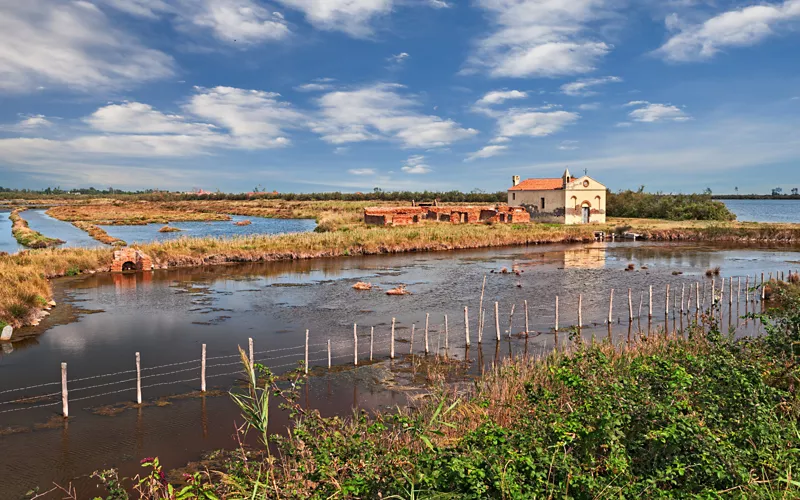
Strange alchemies make this part of Italy, the Polesine, and then the entire course of the Po, down to the Adriatic, a place with a high concentration of poetic and literary images. Dominating this area located in the lower Veneto region, in the province of Rovigo, is the element of water, whose flow over the centuries has forged the territory, creating unique landscapes: floodplains, islets, valleys, lagoons and the Po Delta, one of the most important wetland areas in Europe, a refuge for more than 370 migratory and resident species, which flows into the Adriatic at the end of its course. The relationships between land and water, between work and environment, between city and country, between modernity and tradition, have given rise to stories that are always intense, full of a humanity that comes to terms with the character, not always easy, of the great river and its plain.
The Venetian Lagoon, rich in history and legends
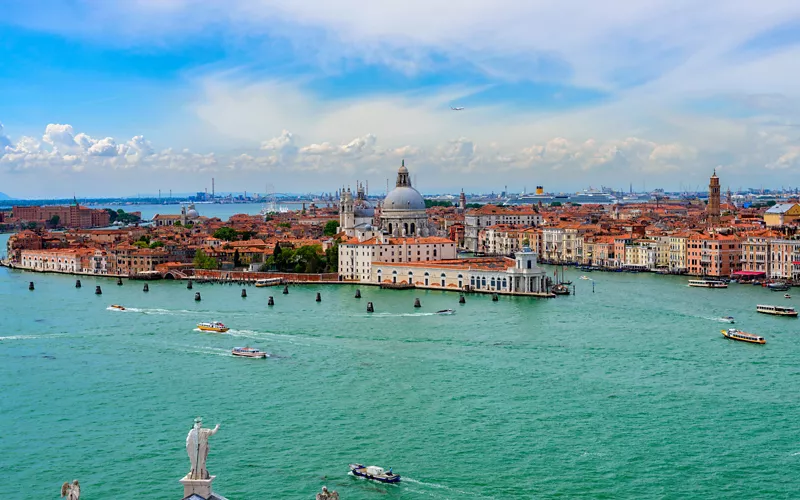
Unique spectacle. All those who over the centuries have come and gone to Venice and its lagoon, invariably feel this uniqueness, experience and enjoy the privilege of resting their eyes on a landscape that leaves one speechless. Because the lagoon is not just Venice; it is not the probably most famous postcard image in the world. On the contrary, it is a place that, despite the city's incredible crowds, always retains something ambiguous and fabulous, dreamy, bordering on the mysterious and, more times than one imagines, even lonely. A delicate balance between water and land characterises this enchanting area, dotted with more than fifty islands, which was declared a Unesco World Heritage Site in 1987.
The Riviera del Brenta, a 'liquid' paradise
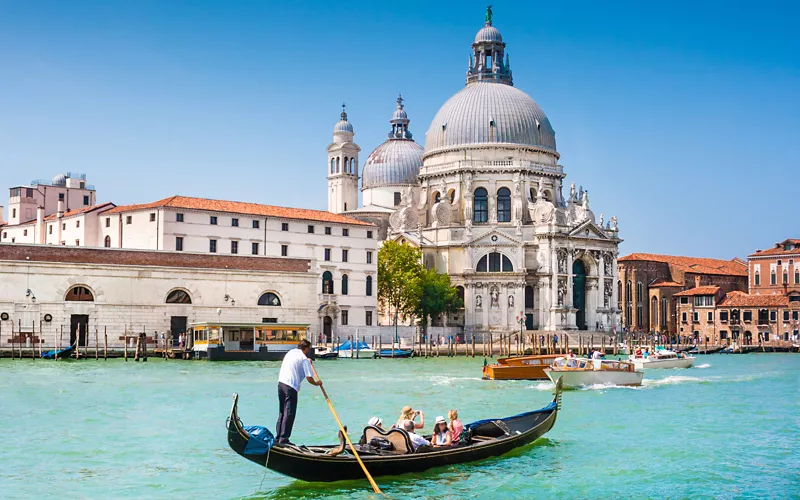
Venice could not but be extraordinary even when, in its long history, it decided to connect itself to its neighbouring lands: and so instead of a road, remaining consistent with its 'liquid vocation', the locals chose to build and equip the long naviglio (waterway) that links the Serenissima to Padua and is known as the Riviera del Brenta. Today, the Riviera, which starts (or arrives, depending on one's point of view) at Fusina, on the outskirts of the city, is a very special place, where the great and famous patrician villas, the Venetian villas by definition, the countryside, the beautiful canal that has regimented the Brenta, form a landscape that is in many ways unique in Italy.
Towards the Dolomites, the Plateau and the Pre-Alps
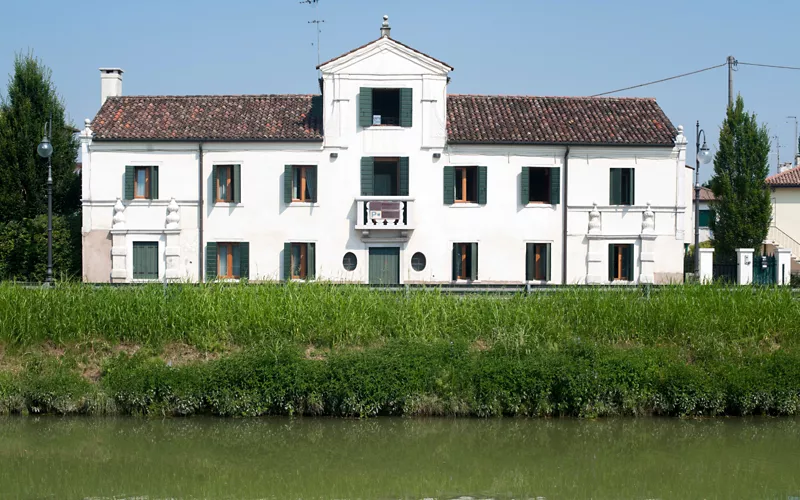
The Alps of Veneto are somehow prepared by lands that announce the mountains before the highest peaks rise into the sky. The mountain with its colours, its horizons, its culture already begins to be perceived on the plateaus, sometimes even on the roads to the Pre-Alps from the cities of the plains and hills. An extraordinary element of a region that has everything and more to attract visitors and tourists, the Pre-Alps and the Veneto mountains themselves link the territories of the other Alpine regions with an elegance and, one might say, a discretion, all their own. The Asiago Plateau, famous for its views and flavours, the Alpago, with its lake and forests, the Cadore, already strong in Dolomite landscapes, Cortina d'Ampezzo the most famous mountain resort in the Veneto whose mountains are protected by Unesco and the Natural Park of the Ampezzo Dolomites, all tell of heights and mountains that have been intensely lived in since antiquity and that have been able to find a new and balanced dimension in the proposal of their natural, historical and cultural heritage.

